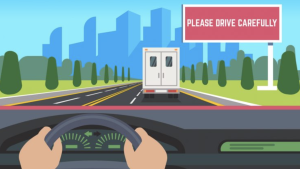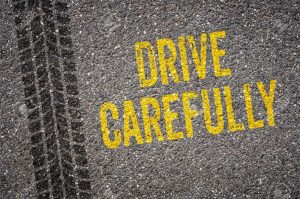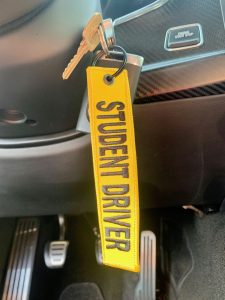According to the weekly press release from Montrae Waiters, the spokeswoman for AAA – The Auto Club Group, Georgia drivers experienced a sharp 8-cent increase over the past week.
“The probable cause for the increase appears to be an uptick in demand and the high price of crude oil, which is stubbornly staying above $70 per barrel. High crude prices will likely contribute to gas prices remaining elevated this season,” Waiters said in a statement.
The price of a gallon of regular unleaded in Cobb County is $3.049 at the time of this writing, about one cent less expensive than the statewide average.
How does AAA determine gas prices?
According to AAA: Every day up to 130,000 stations are surveyed based on credit card swipes and direct feeds in cooperation with the Oil Price Information Service (OPIS) and Wright Express for unmatched statistical reliability. All average retail prices in this report are for a gallon of regular, unleaded gasoline.

Whether you have been driving for years or you are a brand new driver, A-1 offers classes that will help you brush up on some rules and regulations before it’s too late.
If you have a clean driving record for 3 years, you may take the 6-hour Defensive Driving Program to receive a 10% -15% discount on your auto insurance premium. The insurance discount percentage is determined by your insurance company.
For more information about class schedules or to see A-1’s 19 convenient locations call (770)962-9555 or visit us at www.a1drivingschools.com!








